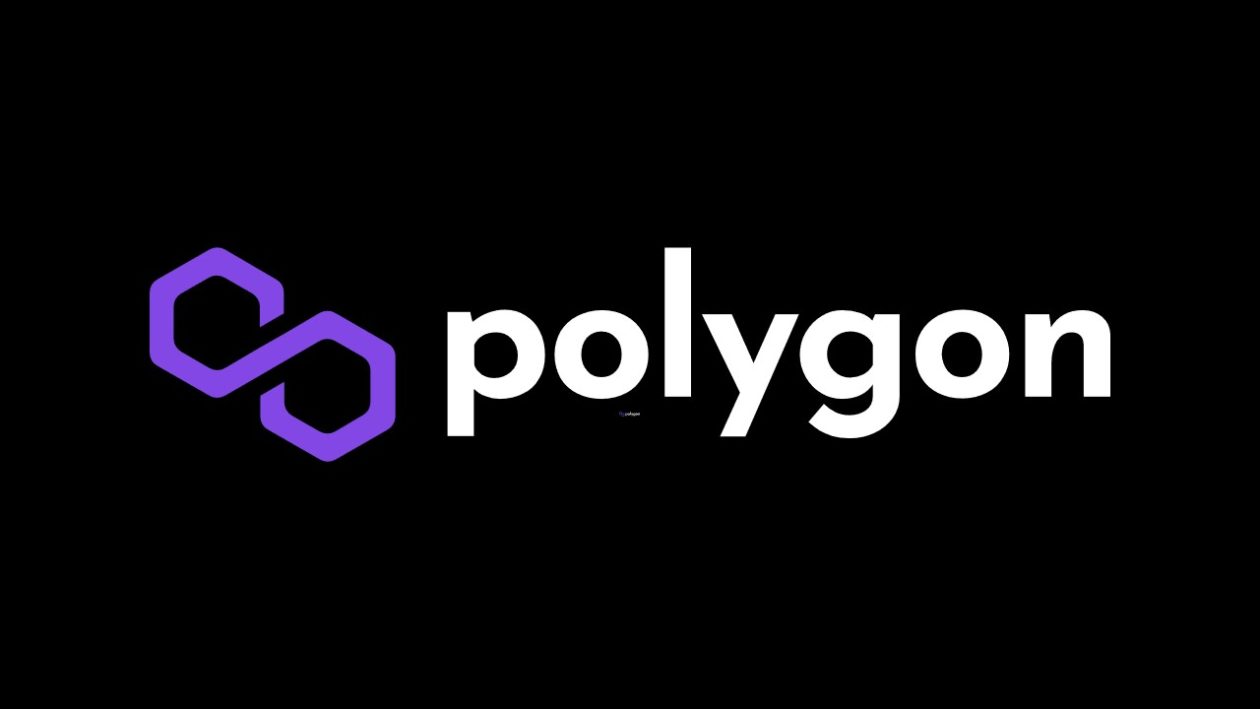Polygon Block Performance
Introduction
Polygon
Polygon is a decentralized Ethereum scaling platform that enables developers to build scalable user-friendly dApps with low transaction fees without ever sacrificing on security [source].
What’s in this report?
In this report, we explore the block performance of Polygon in terms of time between blocks and transactions per block. We also compare Polygon’s performance compared to layer 1 blockchains and competing layer 2 blockchains.
Methodology
-
We’ll use the
fact_blockstable for various blockchains, Polygon, Ethereum, Arbitrum, Optimism, Solana, Flow, Algorand, and NEAR. -
We’ll measure the time elapsed between consecutive blocks per blockchain and take the overall average and hourly average.
-
We’ll also take the overall and hourly average number of transactions per block per blockchain.
-
We’ll compare Polygon’s block metrics against other blockchains:
- Layer 1: Ethereum, Solana, Flow, Algorand, and NEAR
- Layer 2: Arbitrum and Optimism
Conclusion
In summary, we have observed the following:
-
Polygon produces 1 block every 2.24 seconds on average.
-
Compared to L1s, this is faster than Ethereum and Algorand, but slower than Solana, NEAR, and Flow.
-
Compared to L2s, this is slower than Arbitrum and Optimism.
\
-
-
The minimum and maximum recorded time between 2 blocks on Polygon are 2 seconds and 25 seconds respectively.
\
-
Polygon processes 74.8 transactions per block on average.
-
Compared to L1s, this is higher than in Flow, NEAR, and Algorand, but lower than in Ethereum and Solana.
-
Compared to L2s, this is much higher than in Arbitrum and Optimism.
\
-
-
Compared to competing L2s, Polygon produces blocks slower but with significantly more transactions per block.

> > 1. On average, Polygon produces 1 block every 2.24 seconds. > 2. The minimum recorded time between 2 consecutive blocks in Polygon is 2 seconds. > 3. The maximum recorded time between 2 consecutive blocks in Polygon is 25 seconds.
> > 1. On average, there are 74.8 transactions per block in Polygon. > 2. Since June 2022, Polygon’s transaction count per block has been consistently around this average.
> > 1. Polygon (every 2.24s) produces blocks faster than Ethereum (every 14s) and Algorand (every 4.3s). > 2. Other L1s such as Solana, NEAR, and Flow produce blocks faster than Polygon.
> > 1. Polygon processes less than half the number of transactions per block compared to Ethereum (Polygon: 75 vs Ethereum: 182). > 2. Solana processes significantly more transactions per block compared to Polygon (Polygon: 75 vs Solana: 1,912). > 3. Polygon processes more transactions per block than other L1s such as Flow, NEAR, and Algorand.
> Polygon has a slightly higher time between blocks (2.24s) compared to Arbitrum (1.11s) and Optimism (0.93s).
> Polygon processes significantly more transactions per block (74.8 txs per block) compared to Arbitrum (1.16 tx per block) and Optimism (1 tx per block).